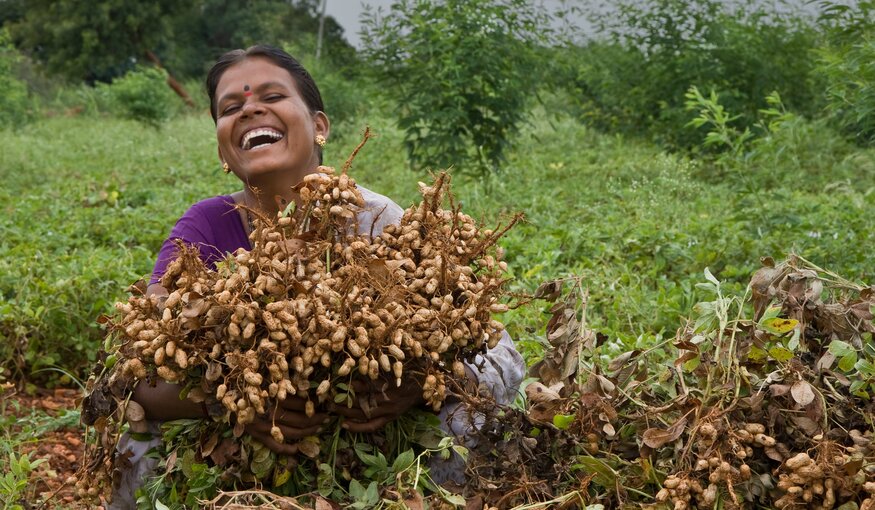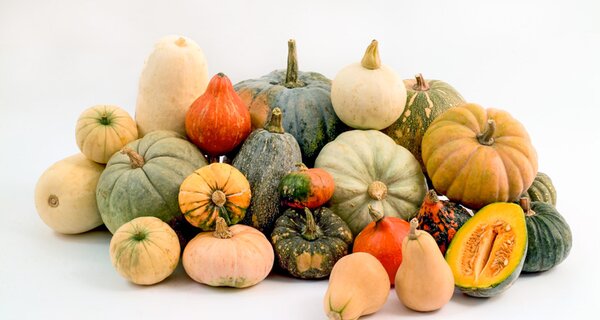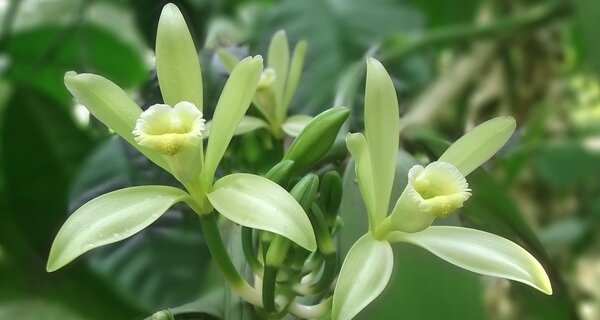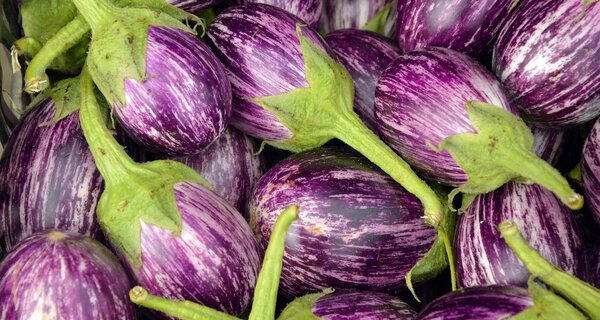Nuts About Peanuts
 A smiling farmer holds her groundnut harvest. Photo: L. Vidyasagar/ICRISAT
A smiling farmer holds her groundnut harvest. Photo: L. Vidyasagar/ICRISAT16 February 2023
The peanut (Arachis hypogaea L.), also known as groundnut, is native to South America but is now grown throughout the tropics and subtropics. There, this delicious legume is a subsistence crop for many, as well as an important high-protein food and oilseed in the global market. But, like many other crops, the peanut has a narrow genetic base that makes it vulnerable to pests, diseases, and climate change.
If we want future generations of farmers to continue to grow peanuts, and snackers to enjoy them, we must not take them for granted. We need to take action now to make sure peanut diversity continues to be available to breeders and researchers to ready the crop to overcome its current challenges, and the new ones that no doubt will come.
Is Current Conservation Good Enough?
A vast array of local varieties and heirloom varieties (also called landraces) are still grown by smallholder farmers in many places around the world, and the wild relatives of the crop are found in some protected areas. This is called in situ conservation, and it is very important. But it is not enough. Peanut diversity in situ is threatened by climate change, land-use change, market pressures, pests and diseases. It is also difficult to get hold of for research and breeding.
That is why almost 90,000 peanut seed samples are conserved in genebanks around the world, a type of conservation called ex situ. But that too is not without its problems, so those of us who work for the continued availability of peanut diversity have been asking how well exactly we have been doing.
We now know a lot better, thanks to a global conservation strategy, which the Crop Trust has facilitated with funding provided by the German Federal Ministry of Food and Agriculture (BMEL). Scientists developed the peanut conservation strategy through a survey of ex situ collection holders, a literature review, consultations with experts and stakeholders, and an analysis of existing information in global databases.
The conservation strategy provides both a baseline and a road map to preserve the world’s peanut diversity. It outlines a series of concrete priority actions to improve both ex situ and in situ conservation.
Making Peanut Conservation Better
According to the strategy, the first priority action for ex situ conservation is to establish documentation standards and a common information platform for peanut diversity stored in genebanks. Accurate and readily accessible records for stored samples, including photos as well as information about their genes, traits and geographical origin, will reveal duplications and redundancies, and facilitate the sharing and use of diversity.
Many collections contain peanut samples about which little is known, in many cases because they consist of only a few seeds. Therefore, the second priority is to multiply and evaluate these “unknown” materials. This will have several benefits: it will ensure that genebank databases are more comprehensive; it will produce viable seeds for distribution, research and storage; and it will document the characteristics of the seeds. The genetic diversity that is hidden within collections, for example drought or heat tolerance, will be useful for breeding new, more resilient varieties.
These actions will provide more complete information about the diversity already held in collections, which will be useful in highlighting gaps. Consequently, the third priority action is to actually go out and fill any of the taxonomic, genetic and ecogeographic gaps in collections that are revealed. A key way of doing this is to increase the capacity of national programs to conserve, study and use peanut diversity.
That includes backing up collections in another genebank for added security, as well as in the Svalbard Global Seed Vault. That’s priority action number four.
Who will do all this? The fifth priority action aims to provide training for curators and technicians in developing countries. Regional workshops will up-skill genebank staff on the taxonomy, genomics and conservation of wild and cultivated peanuts.
Ultimately, the goal is to conserve peanut diversity so that it is available for research, breeding and cultivation in the future. All stakeholders should benefit. Therefore, the sixth priority action is to initiate dialogue on international policies for access and benefit sharing. Peanut is not covered by the Plant Treaty’s Multilateral System. Should it be? What are some other options?
The global strategy also looked at in situ conservation, of both the peanut varieties cultivated by smallholder farmers, and the wild relatives of the crop.
The cultivation of improved varieties can be a threat to traditional landraces. Because little is known about the diversity of peanuts cultivated by smallholder farmers, the first key priority for in situ conservation is to conduct comprehensive surveys in selected regions to collect information about peanut landraces, as well as traditional knowledge about their cultivation.
A better knowledge of the distribution, cultural importance, and conservation status of local peanut varieties will be useful for targeting conservation activities. This leads to the second priority — capacity building to improve in situ conservation. This will include education to promote and preserve local cultivation practices so that traditional landraces are maintained and used by farmers. This initiative should go hand in hand with ex situ conservation, with local varieties missing from genebanks being stored in for long-term conservation and as a back-up if their seeds are lost from farmers’ fields.
The wild relatives of peanuts are a key source of genetic diversity for breeding, so the third priority action is the in situ conservation of wild Arachis species. Specifically, this includes identifying those present in protected areas so that their conservation can be addressed in management plans, and making sure that local communities have the knowledge and resources to recognize and preserve populations of wild relatives outside of protected areas.
Since the major threats to many wild Arachis species are land-use changes, the fourth priority action is to include biodiversity in general, and peanut wild relatives in particular, in impact assessments of agricultural expansion, deforestation, urbanization and infrastructure development.
Ex situ and in situ conservation activities rely on the cooperation and support of local communities, so the fifth priority action is to raise public awareness and support policies that underpin conservation.
Strong advocacy is required to highlight the risks of destroying irreplaceable diversity. The global peanut conservation strategy recommends developing information, education and communication tools to ensure that policy makers, farmers, traders and local communities have the knowledge, willingness and resources to maintain and protect varieties, landraces and wild relatives, now and in the future.
Discover other Global Crop Conservation Strategies.
Categories: For Partners, Global Crop Conservation Strategies, Bambara Groundnut, Food Security
About the Global Crop Conservation Strategy project
The development of this Global Crop Conservation Strategy was funded by the German Federal Ministry of Food and Agriculture (BMEL) as part of a three-year project led by the Crop Trust: “Breathing New Life into the Global Crop Conservation Strategies: Providing an Evidence Base for the Global System of Ex situ Conservation of Crop Diversity.”



